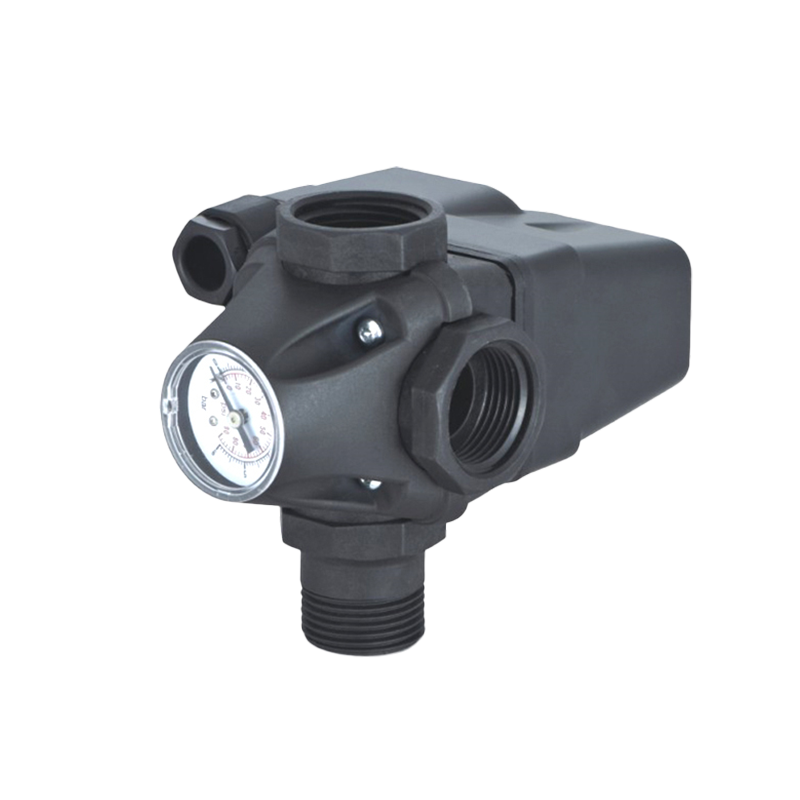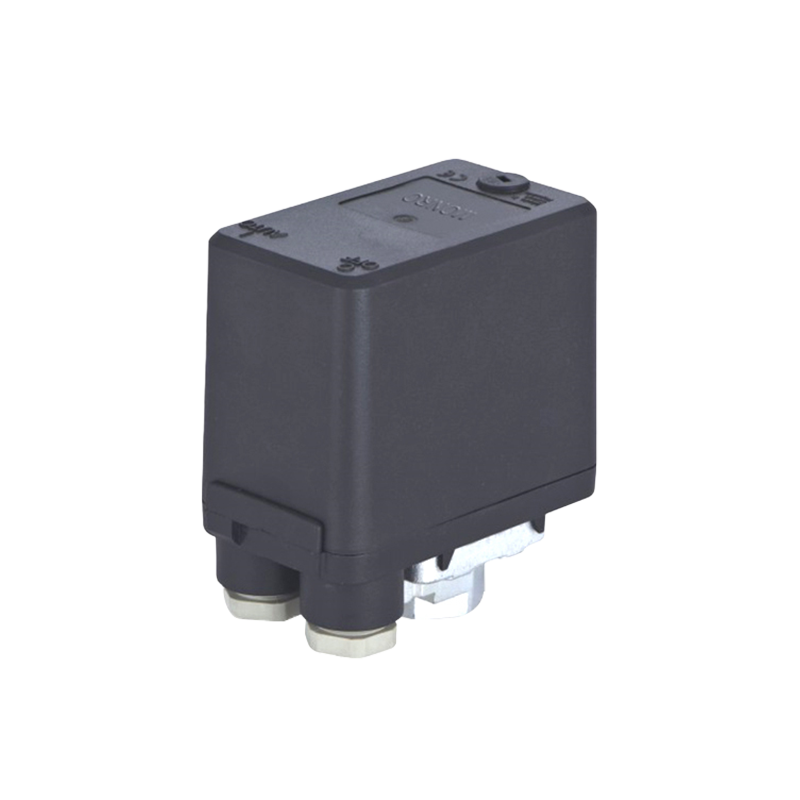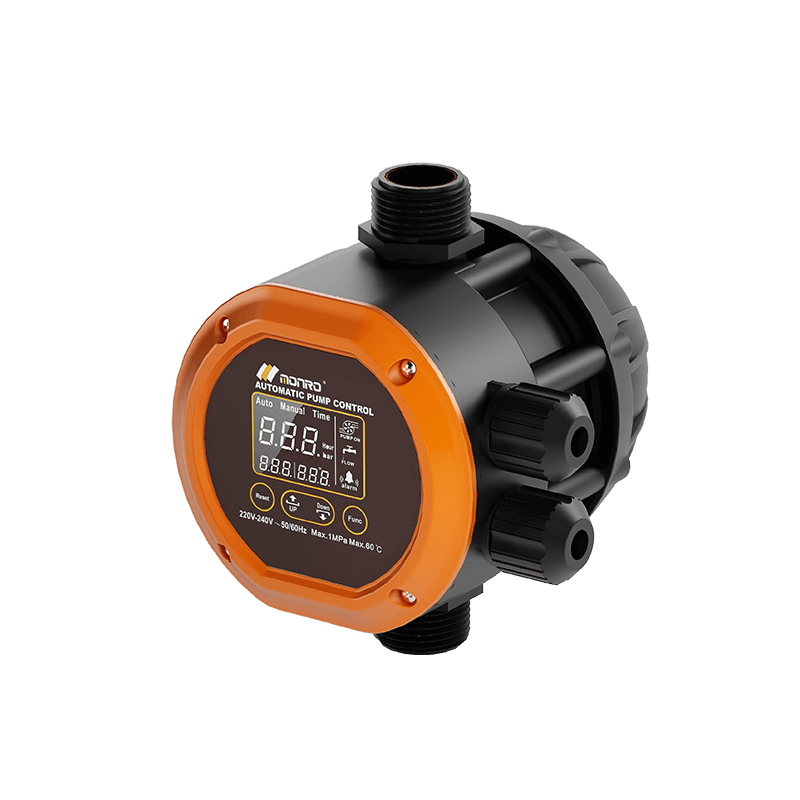Don't hesitate to send a message
Web Menu
Product Search
Exit Menu
Pressure Control Factory Ensures Stable and Reliable Pressure Regulation in Complex Systems
Advanced Design and Precision Engineering
Ensuring pressure control stability begins with the foundational design of the equipment. A well-established Pressure Control Factory focuses on precision engineering, where every component is crafted to maintain consistent pressure levels under varying conditions. Materials are chosen based on strength, thermal stability, and compatibility with different fluids or gases. Engineers develop sophisticated internal mechanisms that prevent fluctuations, often using advanced modeling and simulation tools during the design phase. This commitment to engineering forms the backbone of stable pressure control systems.
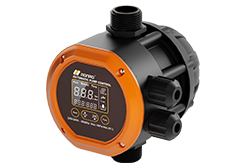
Stringent Quality Control and Calibration
A major contributor to the stability of pressure control devices lies in the factory’s strict adherence to quality control protocols. Every unit undergoes rigorous inspection and multi-stage calibration procedures before being shipped. These include pressure endurance tests, leak detection, and performance verification under simulated real-world conditions. By standardizing these tests across production batches, manufacturers reduce variability and ensure that each device meets the required pressure accuracy and stability. In many cases, automated calibration equipment is used to reduce human error and enhance repeatability.
Use of Digital Control Technologies
Modern pressure regulation requires not just mechanical consistency but also intelligent responsiveness. Many factories integrate digital controllers and sensors to monitor pressure in real time and adjust output accordingly. These embedded systems can detect minute deviations and respond within milliseconds, helping maintain target pressure values even under changing load or environmental conditions. By combining hardware precision with software algorithms, pressure stability is enhanced significantly. The use of PID (Proportional-Integral-Derivative) control logic is one example of how digital control methods are applied to maintain precise and stable pressure levels.
Environmental Testing and Durability Assurance
Another critical factor in ensuring stability is testing the pressure control systems under various environmental conditions. A high-quality Pressure Control Factory will expose its products to temperature extremes, humidity, vibration, and other stressors to verify consistent performance. These durability tests simulate years of field operation and help identify potential weaknesses early in the development process. The result is a more robust product that remains stable not only in ideal settings but also in harsh industrial environments such as chemical plants or offshore facilities.
Continuous Innovation and Feedback Integration
Long-term stability in pressure regulation is also driven by continuous product improvement. Guiding factories gather feedback from field applications and customer experiences, analyzing performance trends to guide updates in design or manufacturing processes. Innovations such as self-compensating mechanisms, modular designs, and adaptive control software often emerge from this data-driven refinement approach. By prioritizing ongoing development, manufacturers ensure that their pressure control systems not only maintain stability but also adapt to evolving industrial needs.
Conclusion
Pressure control stability is not achieved by chance but through deliberate and comprehensive efforts across design, manufacturing, and innovation. A well-run Pressure Control Factory employs a blend of high-precision engineering, rigorous testing, advanced digital technology, and customer-focused development to ensure that its products deliver consistent and reliable performance. In industries where pressure control is critical to safety and efficiency, the role of such factories in maintaining pressure stability cannot be overstated.
-
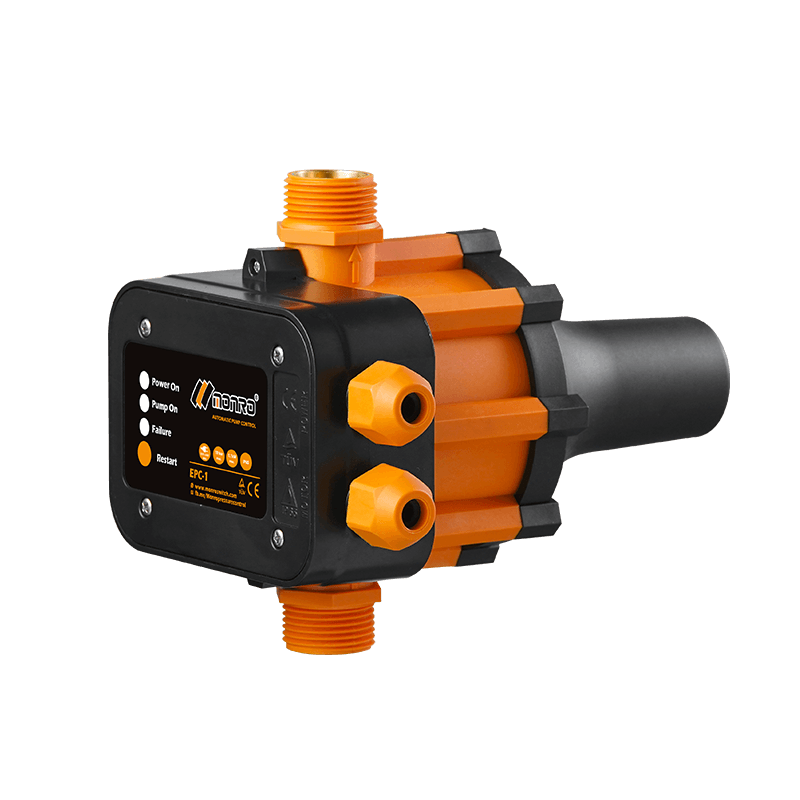 EPC-1
EPC-1Monro EPC-1 model pump controller is the classic and basic type, was loved by user in the global mar...
-
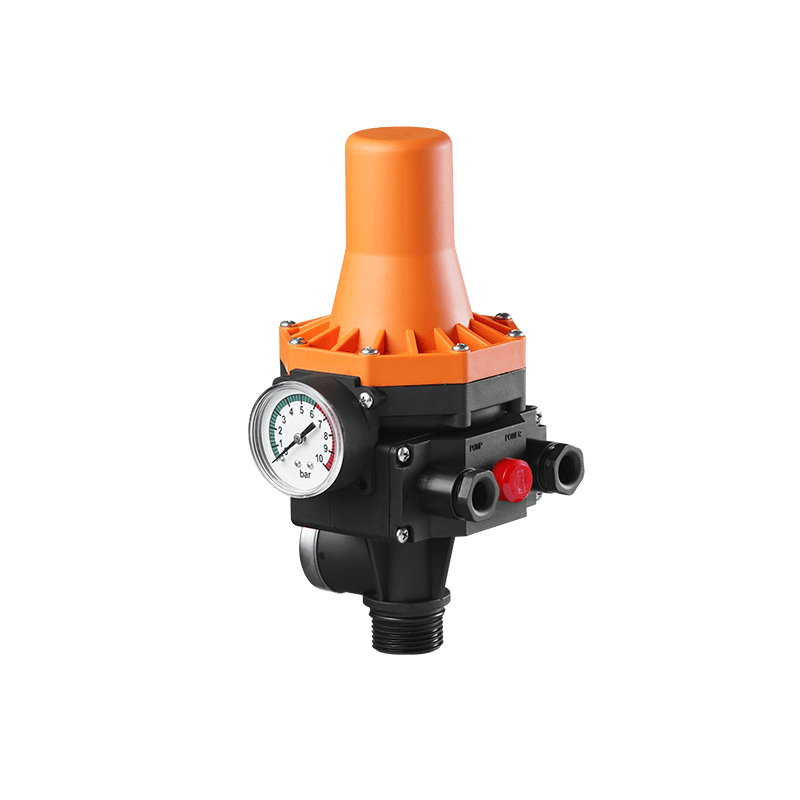 EPC-3
EPC-3Monro EPC-3 spain design auto on and off press control, an intelligent and economical system designe...
-
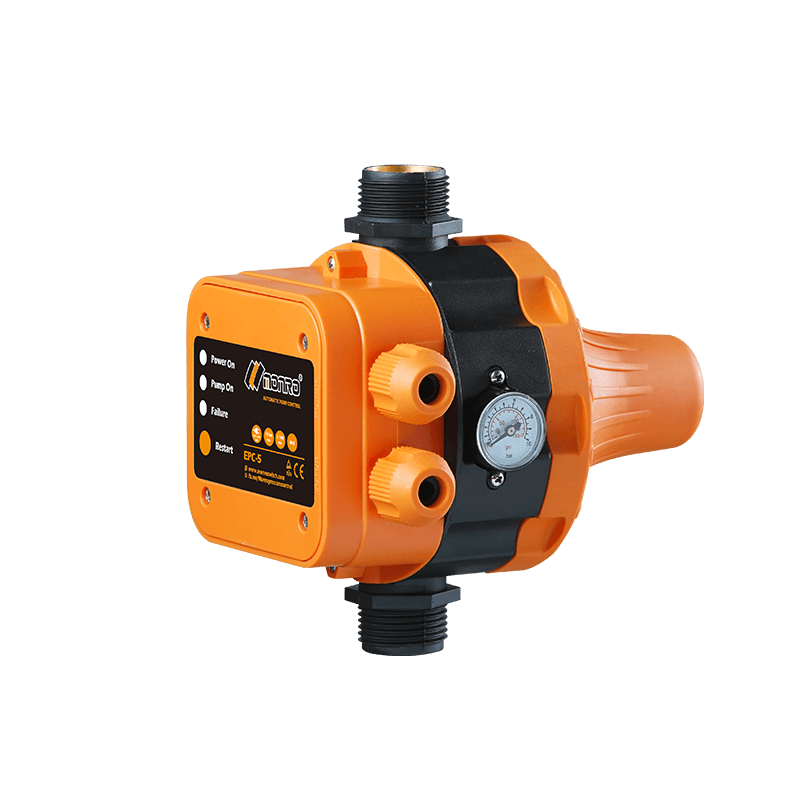 EPC-5
EPC-5Monro EPC-5 model automatic pump control, a device which assembled on the water pump (recommended si...
-
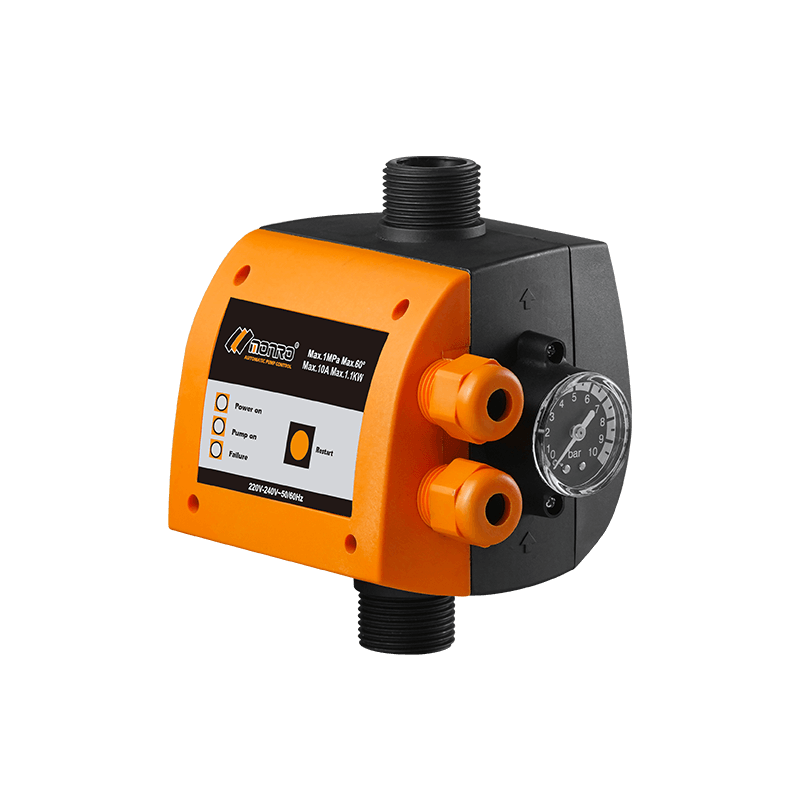 EPC-9
EPC-9Monro EPC-9 model pressure controller, is a big power device for automatic control and protection of...
-
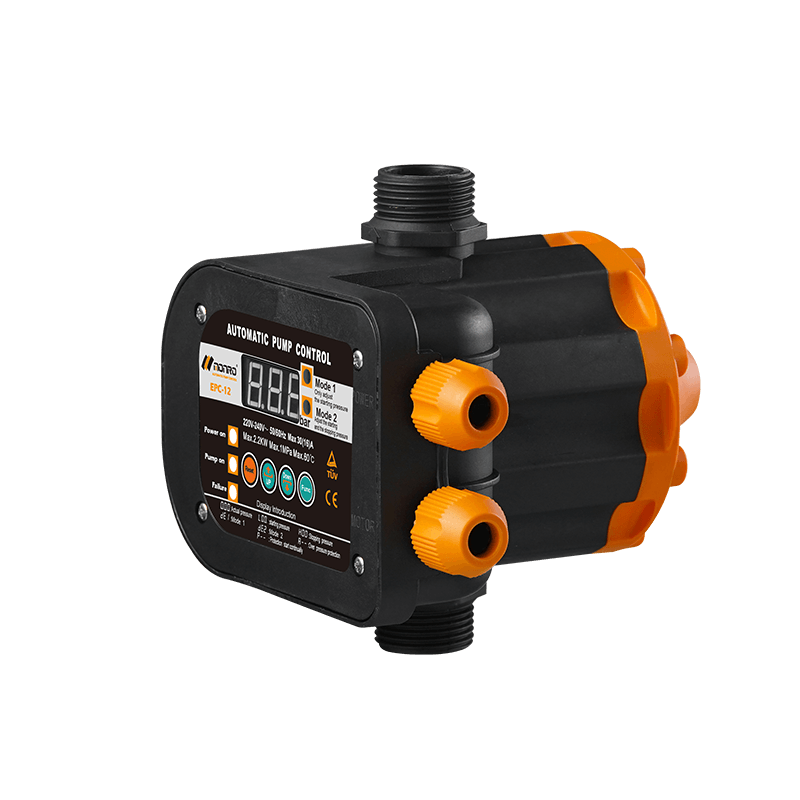 EPC-12
EPC-12Monro EPC-12 smart top-level automatic pump control is a multi-function model combined with traditio...
-
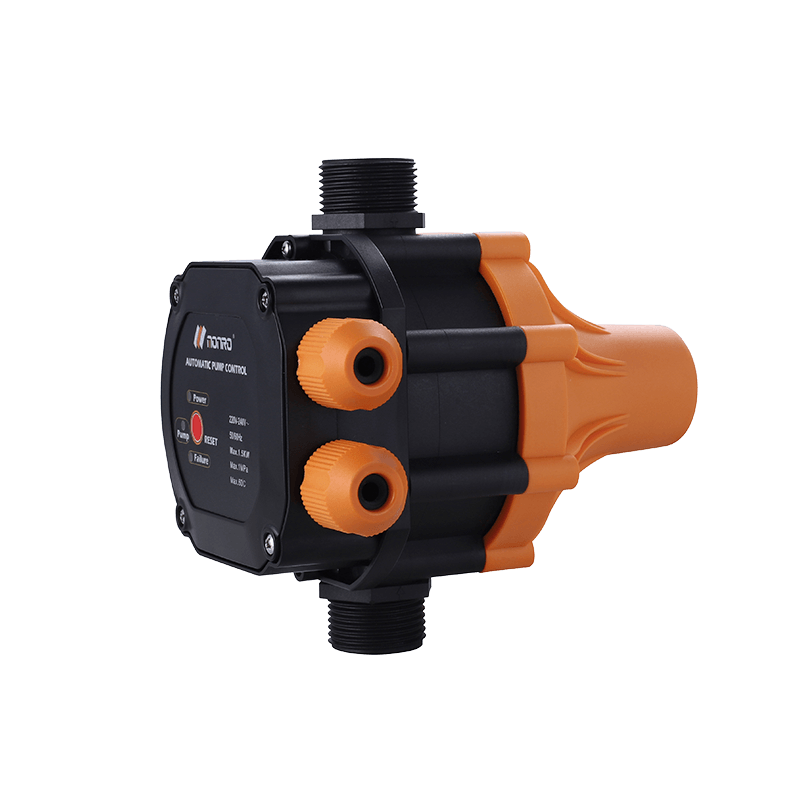 EPC-14
EPC-14Monro EPC-14 model pressure control is a big power device for automatic control and protection of el...
-
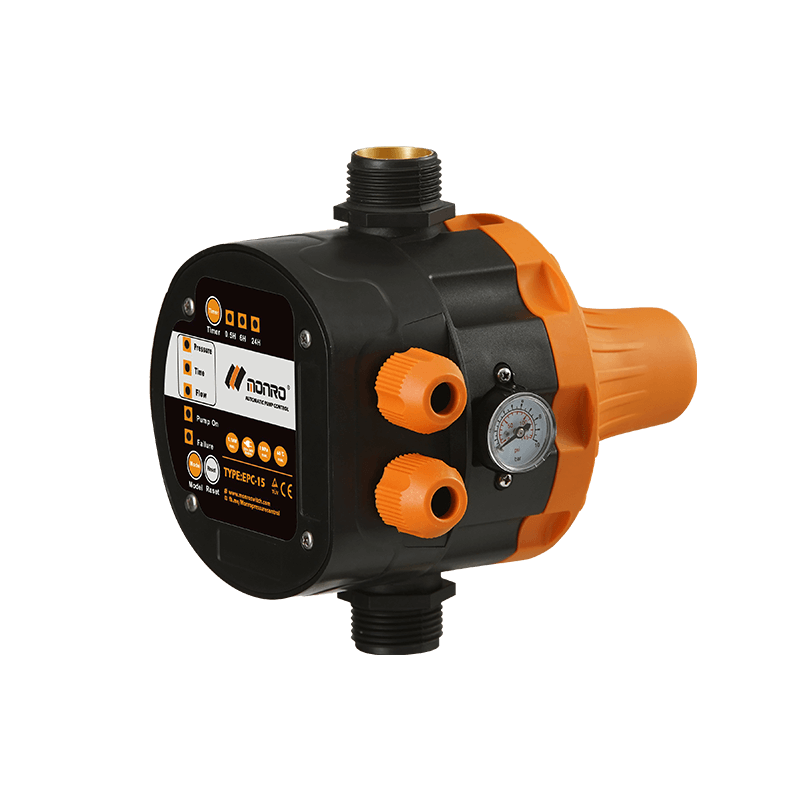 EPC-15
EPC-15Monro EPC-15 model automatic pump control, a device which assembled on the water pump (recommended s...
-
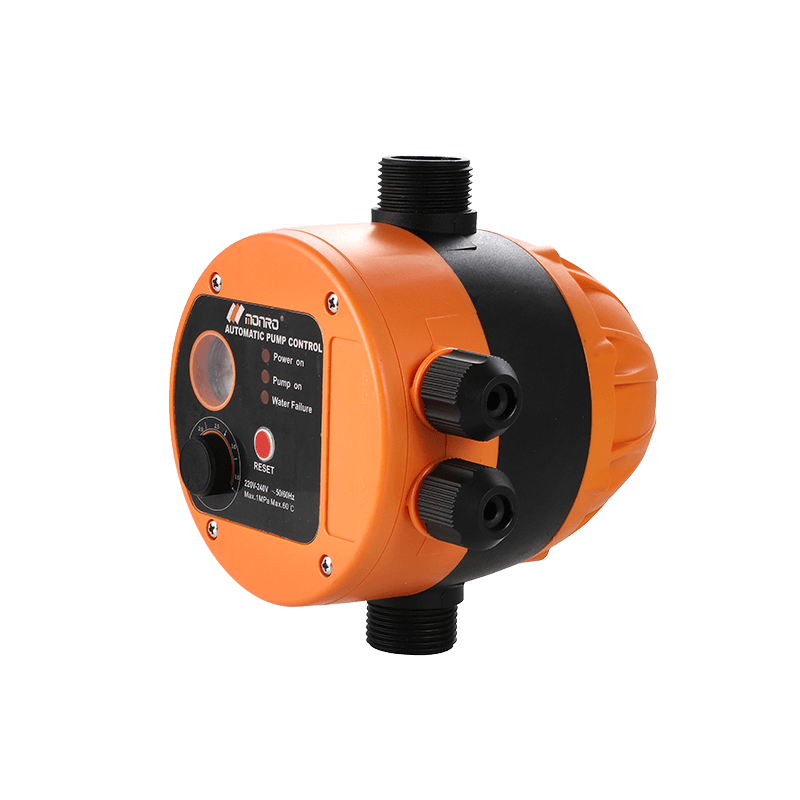 EPC-16
EPC-16EPC-16 is the new patent pump controller by Monro. Its key highlight is tooless (manual knob) start...
find our office
Committed to providing professional pressure control solutions for various types of water pumps and air compressors.

 简体中文
简体中文 English
English Español
Español